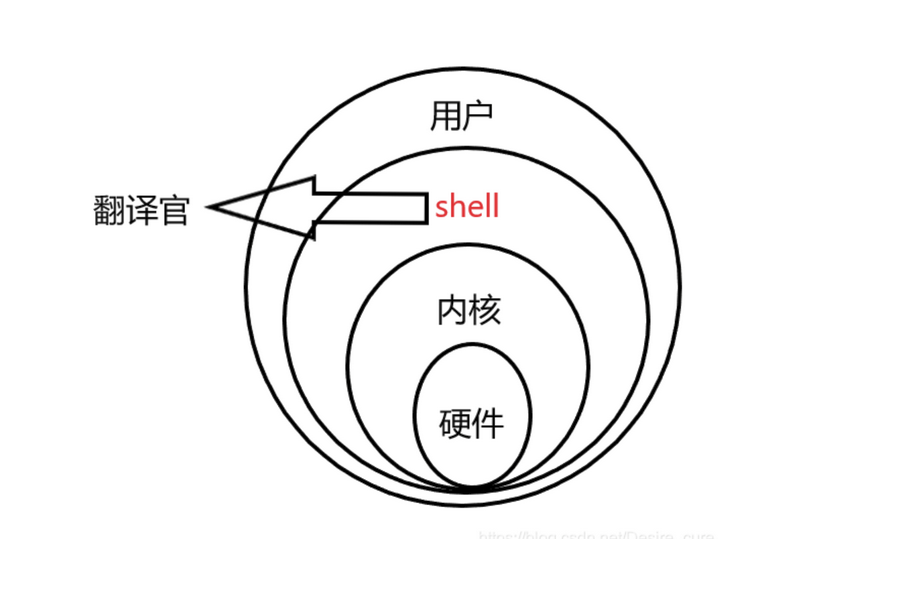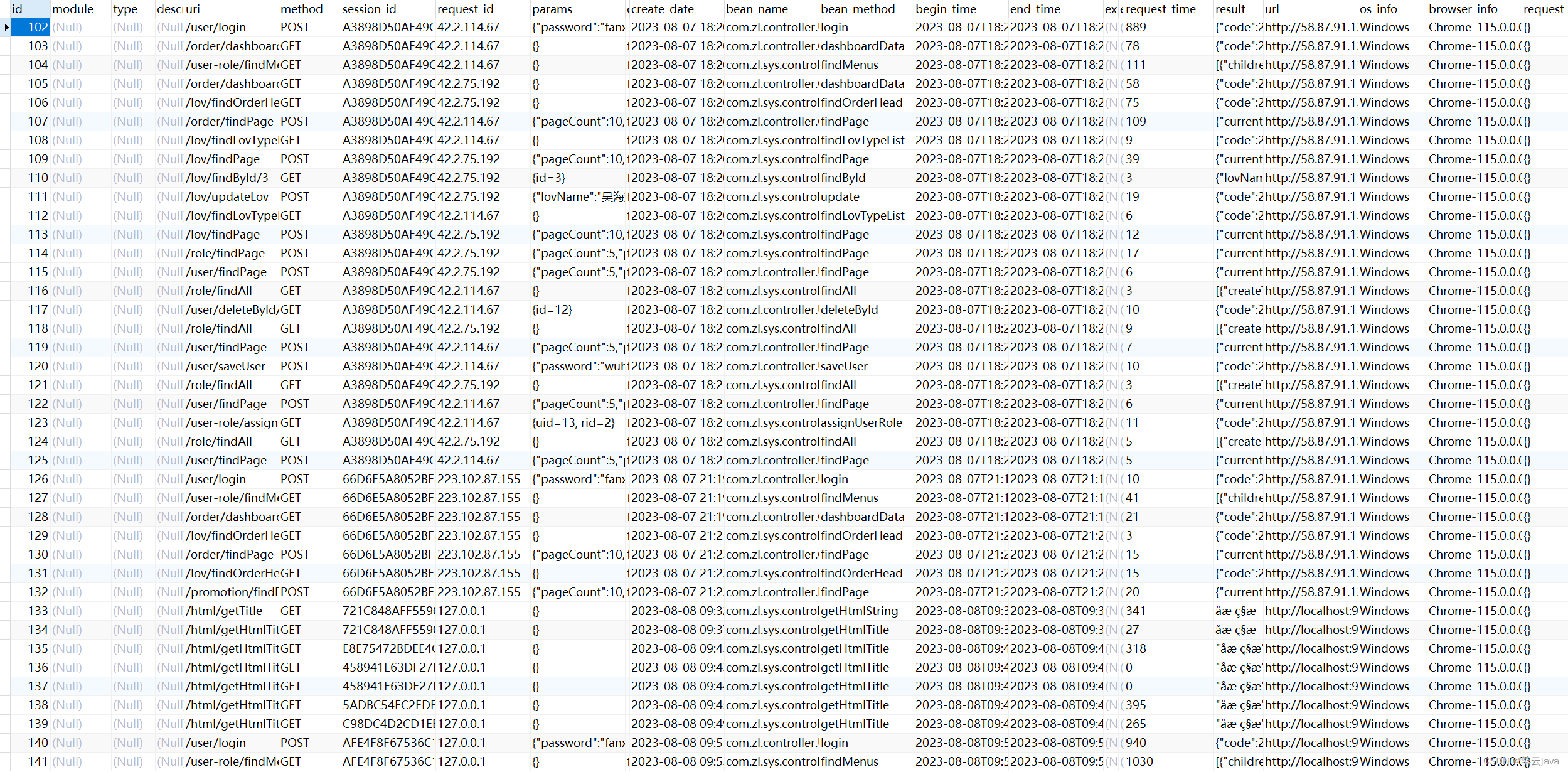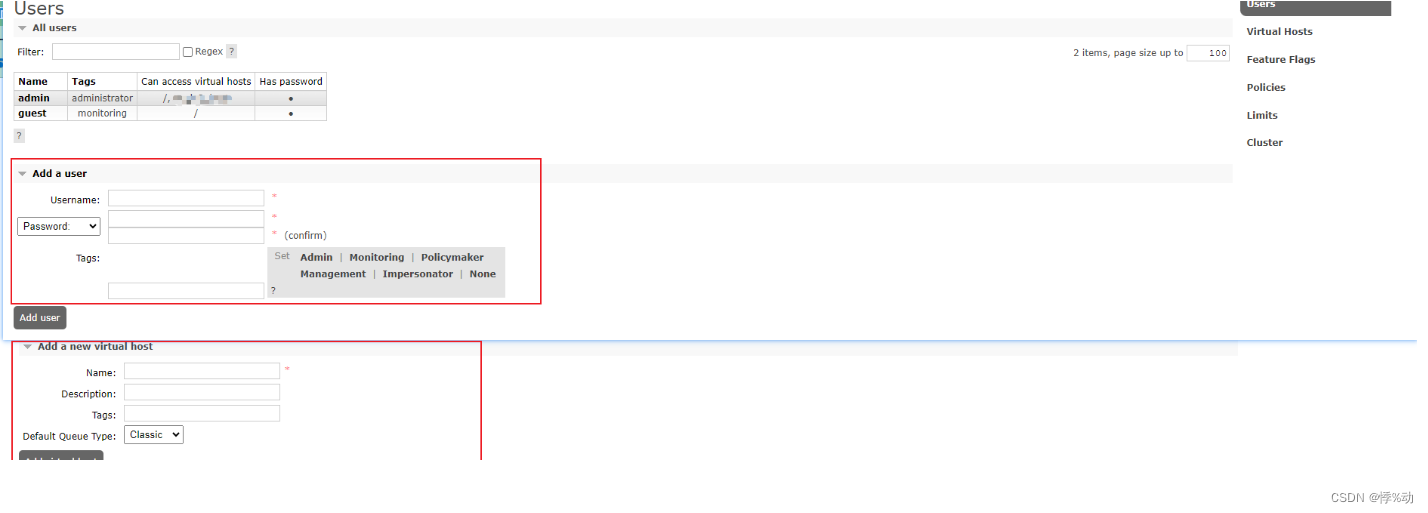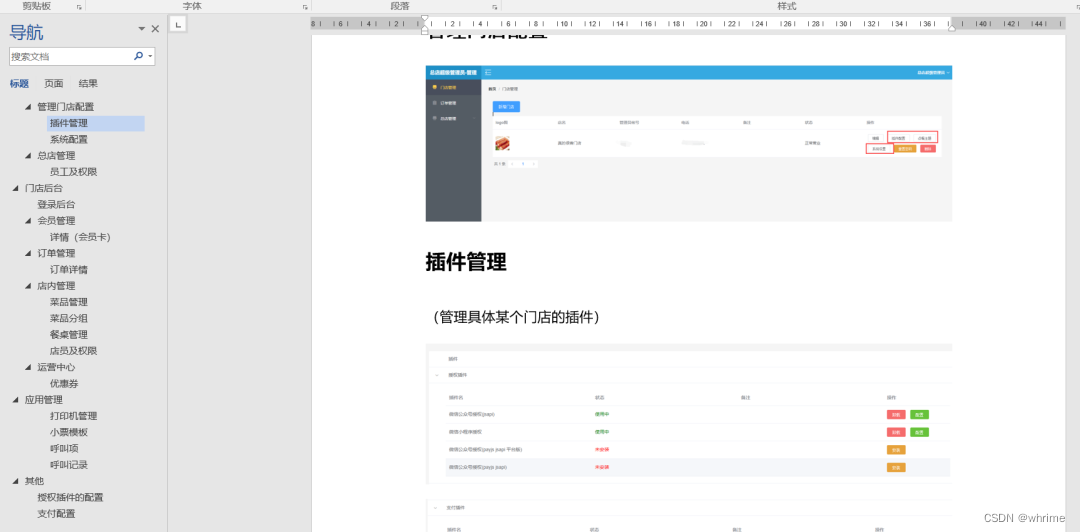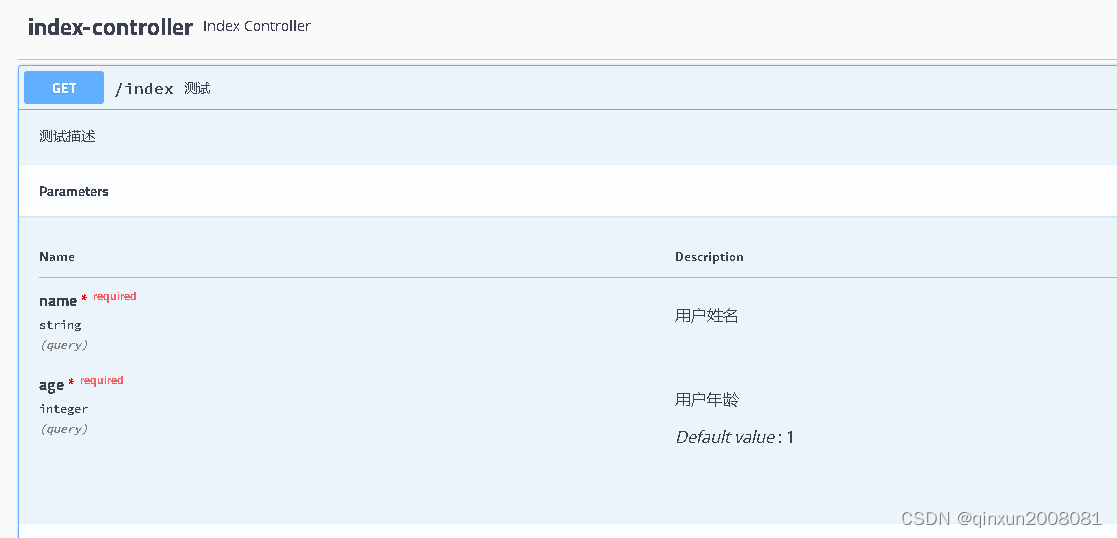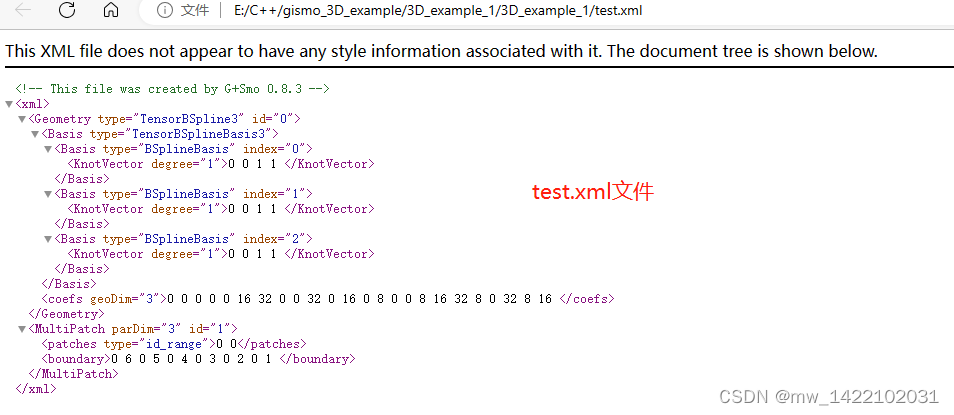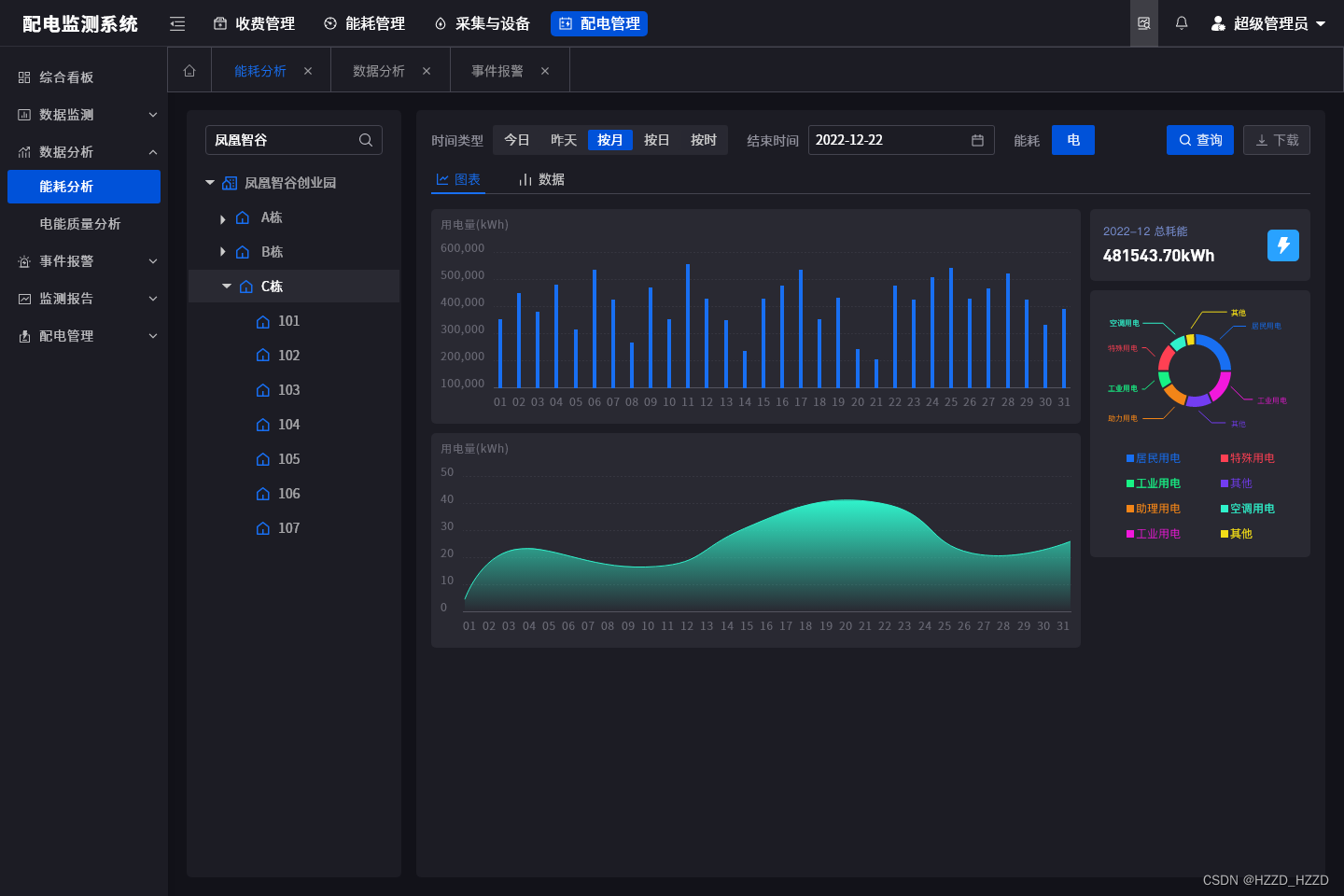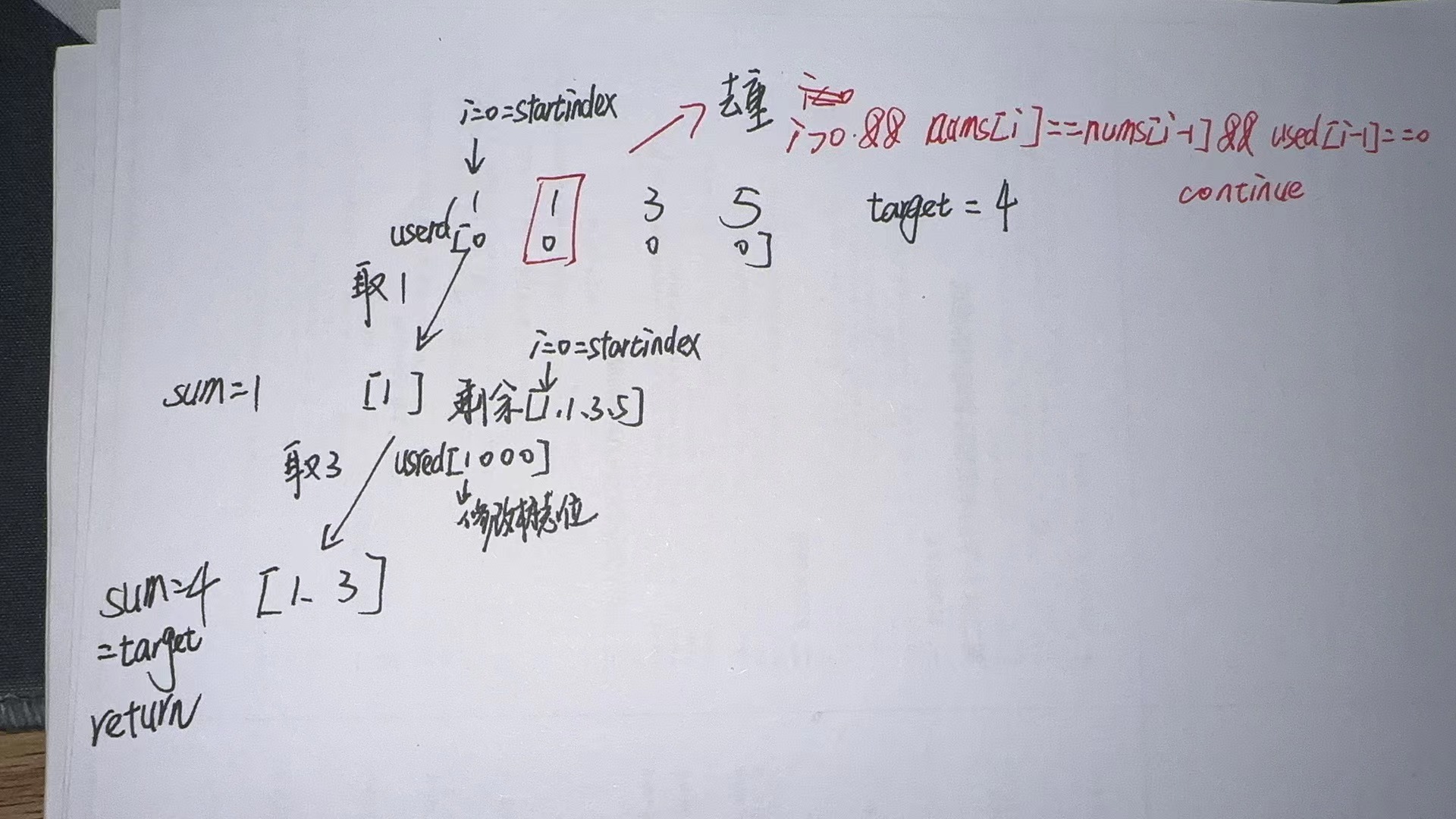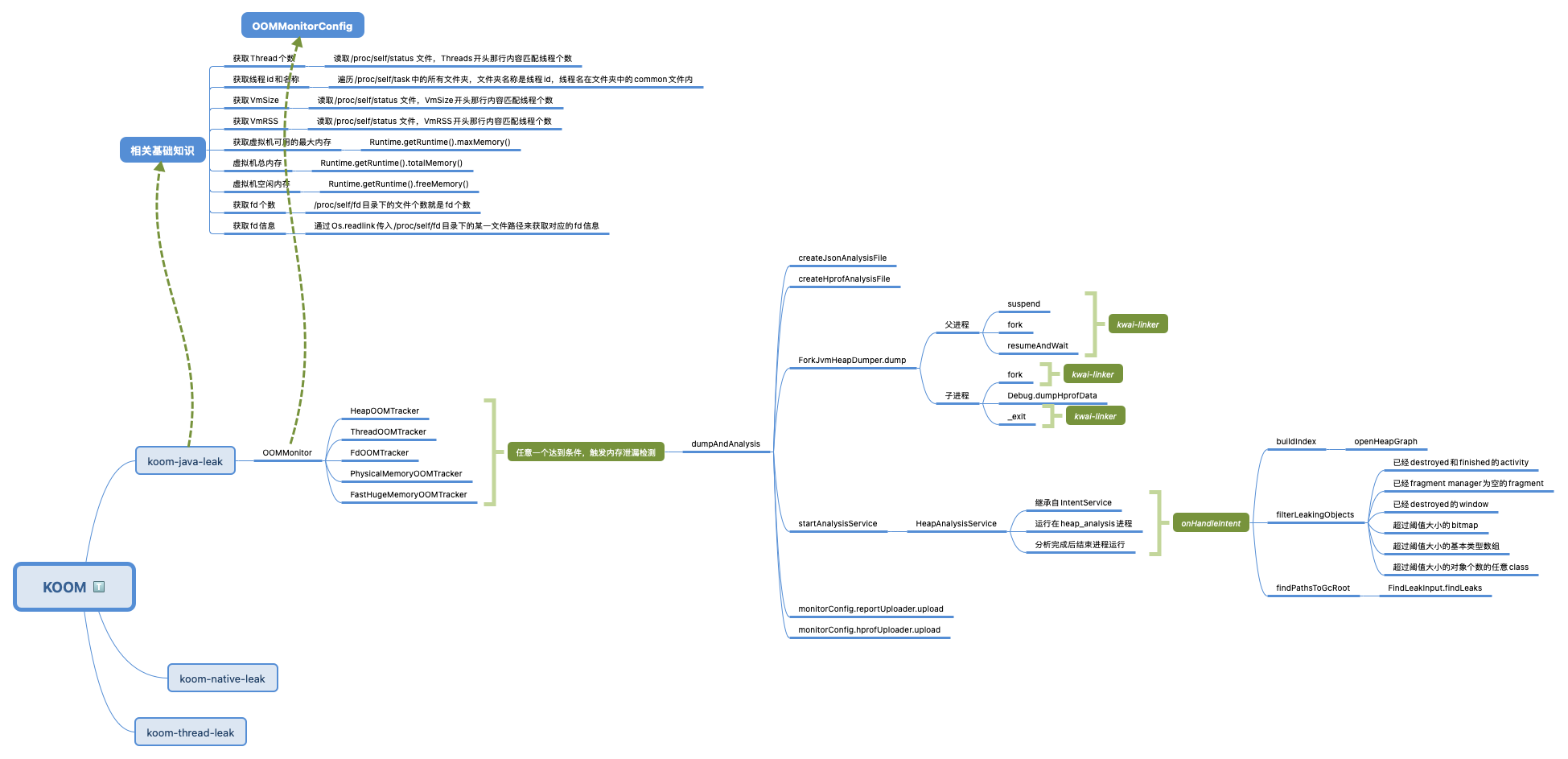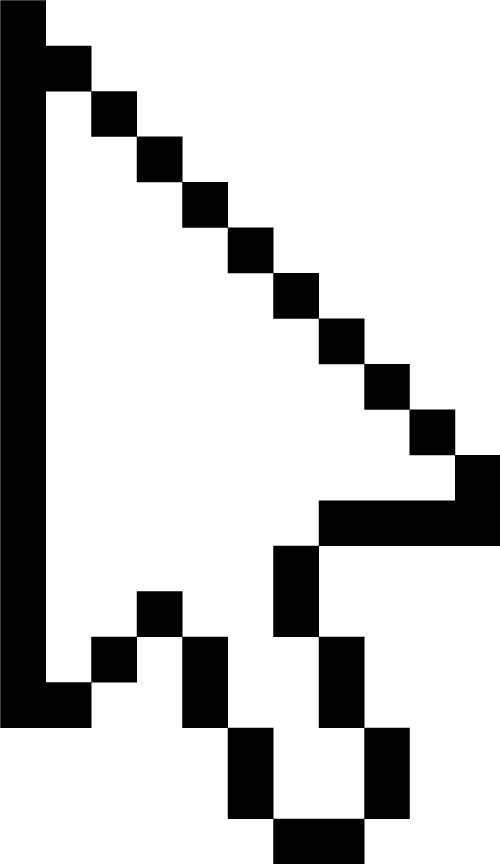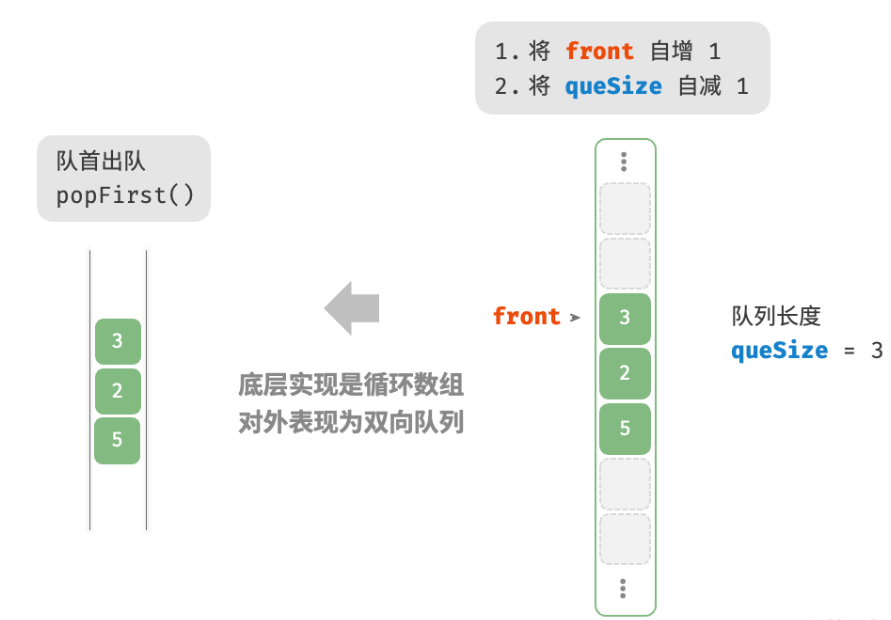写在前面
- 嗯,学习
GO,所以有了这篇文章 - 博文内容为
《GO语言实战》读书笔记之一 - 主要涉及知识
- 接口是什么
- 方法集(值接收和指针接收)
- 多态
傍晚时分,你坐在屋檐下,看着天慢慢地黑下去,心里寂寞而凄凉,感到自己的生命被剥夺了。当时我是个年轻人,但我害怕这样生活下去,衰老下去。在我看来,这是比死亡更可怕的事。--------王小波
Golang 里面的 多态 是指代码可以根据类型的具体实现采取不同行为的能力。
如果一个类型实现了某个接口,所有使用这个接口的地方,都可以支持这种类型的值。标准库里有很好的例子,如io包里实现的流式处理接口。io包提供了一组构造得非常好的接口和函数,来让代码轻松支持流式数据处理。
只要实现两个接口,就能利用整个io包背后的所有强大能力。不过,我们的程序在声明和实现接口时会涉及很多细节。即便实现的是已有接口,也需要了解这些接口是如何工作的。
在探究接口如何工作以及实现的细节之前,我们先来看一下使用标准库里的接口的例子。
标准库
curl 的功能,如
// 这个示例程序展示如何使用 io.Reader 和 io.Writer 接口
// 写一个简单版本的 curl 程序
package main
import (
"fmt"
"io"
"net/http"
"os"
)
// init 在 main 函数之前调用
func init() {
if len(os.Args) != 2 {
fmt.Println("Usage: ./example2 <url>")
os.Exit(-1)
}
}
// main 是应用程序的入口
func main() {
// 从 Web 服务器得到响应
r, err := http.Get(os.Args[1])
if err != nil {
fmt.Println(err)
return
}
// 从 Body 复制到 Stdout
io.Copy(os.Stdout, r.Body)
if err := r.Body.Close(); err != nil {
fmt.Println(err)
}
}
http.Response 类型包含一个名为 Body 的字段,这个字段是一个 io.ReadCloser 接口类型的值
io.Copy 函数的第二个参数,接受一个 io.Reader 接口类型的值,这个值表示数据流入的源。Body 字段实现了 io.Reader 接口
io.Copy 的第一个参数是复制到的目标,这个参数必须是一个实现了 io.Writer 接口,os 包里的一个特殊值 Stdout,表示标准输出设备,已经实现了 io.Writer 接口
如果学过java之类的语言这里横容易理解,类比java中IO读写,低级流包装为高级流进行 IO 处理。
┌──[root@liruilongs.github.io]-[/usr/local/go/src]
└─$ go run listing34.go
Usage: ./example2 <url>
exit status 255
┌──[root@liruilongs.github.io]-[/usr/local/go/src]
└─$ go run listing34.go http://localhost:80
<!DOCTYPE html>
<html>
<head>
<meta charset='utf-8' content="width=device-width, initial-scale=1, maximum-scale=1" name="viewport">
.....
下面的 Demo
// Sample program to show how a bytes.Buffer can also be used
// 用于 io.Copy 函数
package main
import (
"bytes"
"fmt"
"io"
"os"
)
// main is the entry point for the application.
func main() {
var b bytes.Buffer
// 将字符串写入 Buffer
b.Write([]byte("Hello"))
// 使用 Fprintf 将字符串拼接到 Buffer
fmt.Fprintf(&b, "World!")
// 将 Buffer 的内容写到 Stdout
io.Copy(os.Stdout, &b)
}
fmt.Fprintf 函数接受一个 io.Writer 类型的接口值作为其第一个参数,bytes.Buffer 类型的指针实现了 io.Writer 接口,bytes.Buffer 类型的指针也实现了 io.Reader 接口,再次使用 io.Copy 函数
func Fprintf(w io.Writer, format string, a ...any) (n int, err error) {
p := newPrinter()
p.doPrintf(format, a)
n, err = w.Write(p.buf)
p.free()
return
}
运行代码
┌──[root@liruilongs.github.io]-[/usr/local/go/src]
└─$ go run lsiting35.go
HelloWorld!
io.Writer 和 io.Reader 接口
type Writer interface {
Write(p []byte) (n int, err error)
}
type Reader interface {
Read(p []byte) (n int, err error)
}
bytes.Buffer 中上面对应接口的实现
func (b *Buffer) Write(p []byte) (n int, err error) {
b.lastRead = opInvalid
m, ok := b.tryGrowByReslice(len(p))
if !ok {
m = b.grow(len(p))
}
return copy(b.buf[m:], p), nil
}
....
func (b *Buffer) Read(p []byte) (n int, err error) {
b.lastRead = opInvalid
if b.empty() {
// Buffer is empty, reset to recover space.
b.Reset()
if len(p) == 0 {
return 0, nil
}
return 0, io.EOF
}
n = copy(p, b.buf[b.off:])
b.off += n
if n > 0 {
b.lastRead = opRead
}
return n, nil
}
实现
接口是用来定义行为的类型。这些被定义的行为不由接口直接实现,而是通过方法由用户定义的类型实现。也就是我们常讲的实现类
GO 中的类称为 实体类型,原因是如果离开内部存储的用户定义的类型的实现,接口并没有具体的行为。不像 Java 中有默认方法之类的操作。
并不是所有值都完全等同,用户定义的类型的值或者指针要满足接口的实现,需要遵守一些规则。
展示了在user类型值赋值后接口变量的值的内部布局。接口值是一个两个字长度的数据结构,
-
第一个字包含一个
指向内部表的指针。这个内部表叫作iTable,包含了所存储的值的类型信息。iTable包含了已存储的值的类型信息以及与这个值相关联的一组方法。 -
第二个字是一个指向所存储值的指针。将类型信息和指针组合在一起,就将这两个值组成了一种特殊的关系
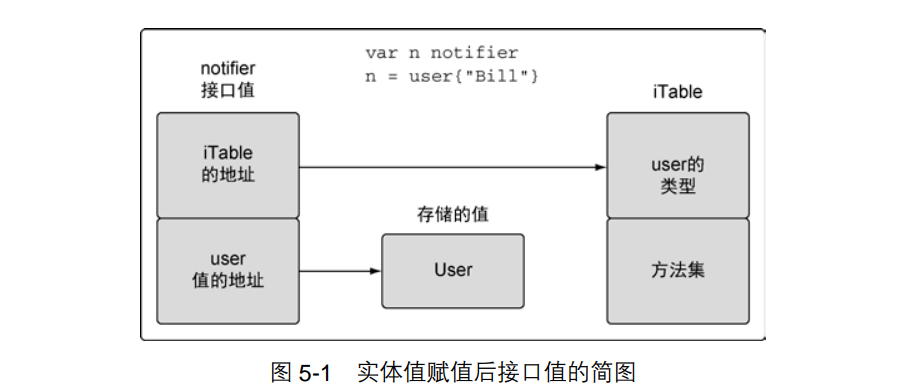
一个指针赋值给接口之后发生的变化。在这种情况里,类型信息会 存储一个指向保存的类型的指针,而接口值第二个字依旧保存指向实体值的指针
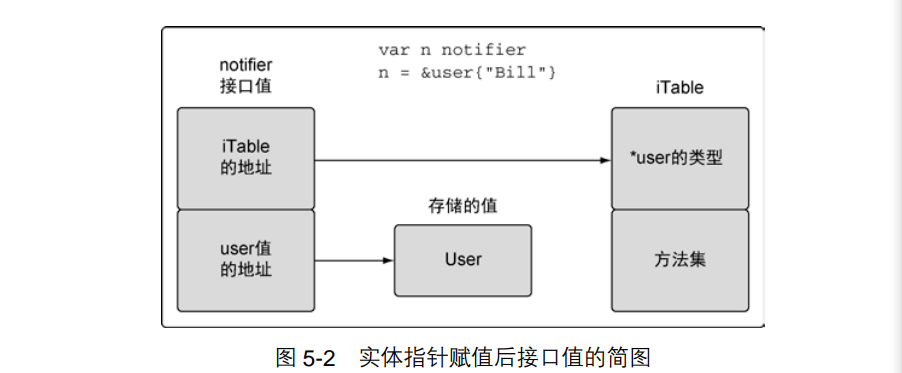
方法集
方法集定义了接口的接受规则。
// 这个示例程序展示 Go 语言里如何使用接口
package main
import (
"fmt"
)
// notifier 是一个定义了
// 通知类行为的接口
type notifier interface {
notify()
}
// user 在程序里定义一个用户类型
type user struct {
name string
email string
}
// notify 是使用指针接收者实现的方法
func (u *user) notify() {
fmt.Printf("Sending user email to %s<%s>\n",
u.name,
u.email)
}
// main is the entry point for the application.
func main() {
// Create a value of type User and send a notification.
u := user{"Bill", "bill@email.com"}
sendNotification(u)
func sendNotification(n notifier) {
n.notify()
}
程序虽然看起来没问题,但实际上却无法通过编译

=============================================
GOROOT=C:\Program Files\Go #gosetup
GOPATH=C:\Users\liruilong\go #gosetup
"C:\Program Files\Go\bin\go.exe" build -o C:\Users\liruilong\AppData\Local\JetBrains\GoLand2023.2\tmp\GoLand\___go_build_listing36_go.exe C:\Users\liruilong\Documents\GitHub\golang_code\chapter5\listing36\listing36.go #gosetup
# command-line-arguments
.\listing36.go:32:19: cannot use u (variable of type user) as notifier value in argument to sendNotification: user does not implement notifier (method notify has pointer receiver)
Compilation finished with exit code 1
根据提示信息我们可以看到:
不能将 u(类型是 user)作为 sendNotification 的参数类型
notifier:user类型并没有实现 notifier(notify 方法使用指针接收者声明)
要了解用指针接收者来实现接口时为什么 user 类型的值无法实现该接口,需要先了解方法集。
方法集定义了一组关联到给定类型的值或者指针的方法。定义方法时使用的接收者的类型决定了这个方法是关联到值,还是关联到指针,还是两个都关联
规范里描述的方法集
T --> (t T)*T --> (t T) and (t *T)
反过来从接收者类型的角度来看方法集:
如果使用指针接收者来实现一个接口,那么只有指向那个类型的指针才能够实现对应的接口。
(t T) --> T and *T
type notifier interface {
notify()
}
func (u *user) notify() {
fmt.Printf("Sending user email to %s<%s>\n",
u.name,
u.email)
}
必须使用指针的方式
func main() {
u := user{"Bill", "bill@email.com"}
sendNotification(&u)
}
func sendNotification(n notifier) {
n.notify()
如果使用值接收者来实现一个接口,那么那个类型的值和指针都能够实现对应的接口
(t *T) --> *T
type notifier interface {
notify()
}
func (u user) notify() {
fmt.Printf("Sending user email to %s<%s>\n",
u.name,
u.email)
}
即下面两种方式都可以的
值调用
func main() {
u := user{"Bill", "bill@email.com"}
sendNotification(u)
}
func sendNotification(n notifier) {
n.notify()
}
指针调用
func main() {
u := user{"Bill", "bill@email.com"}
sendNotification(&u)
}
func sendNotification(n notifier) {
n.notify()
}
现在的问题是,为什么会有这种限制?
package main
import "fmt"
// duration 是一个基于 int 类型的类型
type duration int
// 使用更可读的方式格式化 duration 值
func (d *duration) pretty() string {
return fmt.Sprintf("Duration: %d", *d)
}
// main 是应用程序的入口
func main() {
//d := duration(42)
//d.pretty()
duration(42).pretty()
// ./listing46.go:17:不能通过指针调用 duration(42)的方法
// ./listing46.go:17: 不能获取 duration(42)的地址
}
上面的代码无法通过编译,duration(42) ,返回的是一个值,并不是一个地址,所以值的方法集只包含使用值的接收者的方法。
# command-line-arguments
.\listing46.go:19:15: cannot call pointer method pretty on duration
Compilation finished with exit code 1
事实上,编译器并不是总能自动获得一个值的地址, 因为不是总能获取一个值的地址,所以值的方法集只包括了使用值接收者实现的方法 。 而 指针的方法集包括了值接收者和指针接收者
多态
在了解了接口和方法集背后的机制,最后来看一个展示接口的多态行为的例子
// Sample program to show how polymorphic behavior with interfaces.
package main
import (
"fmt"
)
type notifier interface {
notify()
}
type user struct {
name string
email string
}
func (u *user) notify() {
fmt.Printf("Sending user email to %s<%s>\n",
u.name,
u.email)
}
type admin struct {
name string
email string
}
func (a *admin) notify() {
fmt.Printf("Sending admin email to %s<%s>\n",
a.name,
a.email)
}
func main() {
bill := user{"Bill", "bill@email.com"}
sendNotification(&bill)
lisa := admin{"Lisa", "lisa@email.com"}
sendNotification(&lisa)
}
func sendNotification(n notifier) {
n.notify()
}
如果熟悉面向对象编程,这部分东西相对来说很好理解,不同的是在调用的时候,指针接收和值接收需要注意一下。
如果实现方法设置为值接收,那么在调用时,可以使用指针或者值的方式调用,如果实现方法使用指针接收,那么在调用时只能使用指针调用,
即如果使用指针接收者来实现一个接口,那么只有指向那个类型的指针才能够实现对应的接口。如果使用值接收者来实现一个接口,那么那个类型的值和指针都能够实现对应的接口
博文部分内容参考
© 文中涉及参考链接内容版权归原作者所有,如有侵权请告知
《GO语言实战》
© 2018-2023 liruilonger@gmail.com, All rights reserved. 保持署名-非商用-相同方式共享(CC BY-NC-SA 4.0)

